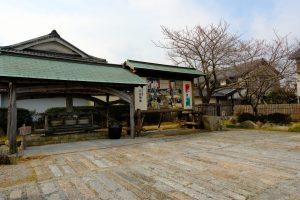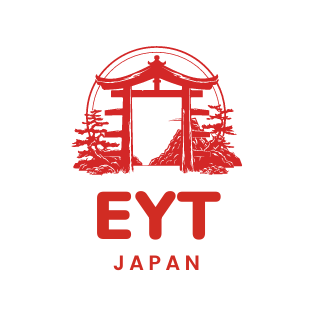There is something called “Wasanbon” in Japan, which is a traditional sugar. It’s called “Wasanbon” both in English and Japanese. Many Japanese people might not have tried it, but I think a lot of people know its name. It falls into the category of luxury sugar.
While the common sugar in Japan is called “Jouhakuto,” this sugar is also unique to Japan. The common sugar in the world refers to granulated sugar, so there is a slight difference between Japan’s “Jouhakuto” and granulated sugar. You can find “Jouhakuto” in supermarkets and cafes, so please check the difference between it and granulated sugar! “Jouhakuto” has a slightly higher moisture content, making it moister.
Unlike “Jouhakuto,” “Wasanbon” is rare to come by and considered a luxury item. This rarity is because it is only produced in limited regions.
It is only made in Kagawa and Tokushima prefectures. This is because the raw materials for “Wasanbon” only fit the soil of Kagawa and Tokushima prefectures.
In fact, the author first saw this “Wasanbon” in February 2024. Although familiar with the term, the author had never seen it in person. While visiting Kagawa Prefecture for Sanuki udon and looking for souvenirs on the way back, they found a “Wasanbon” shop.
Upon visiting the shop, the storefront was incredibly stylish! I’m not sure if all shops are like that, but the one the author visited had a traditional Japanese storefront.

The shop curtain is also incredibly cool!

I entered the shop and had the opportunity to sample Wasanbon, and I would describe it as having a soft sweetness with a rounded flavor profile. It’s elegant in taste, just like the “beautiful” image depicted on the packaging. It almost feels too precious to eat.
The expiration date varies depending on the product, typically ranging from one month to one year.
Regarding prices, regular refined sugar is around 200 yen per kilogram, while Wasanbon varies depending on the type but typically ranges from 1,000 to 1,500 yen for about 100 grams.
If you ever find yourself in Kagawa or Tokushima Prefecture, I highly recommend trying it out! For those who only visit major cities like Tokyo or Osaka, you may also find it available at department stores, depachika (food halls), and station buildings!

